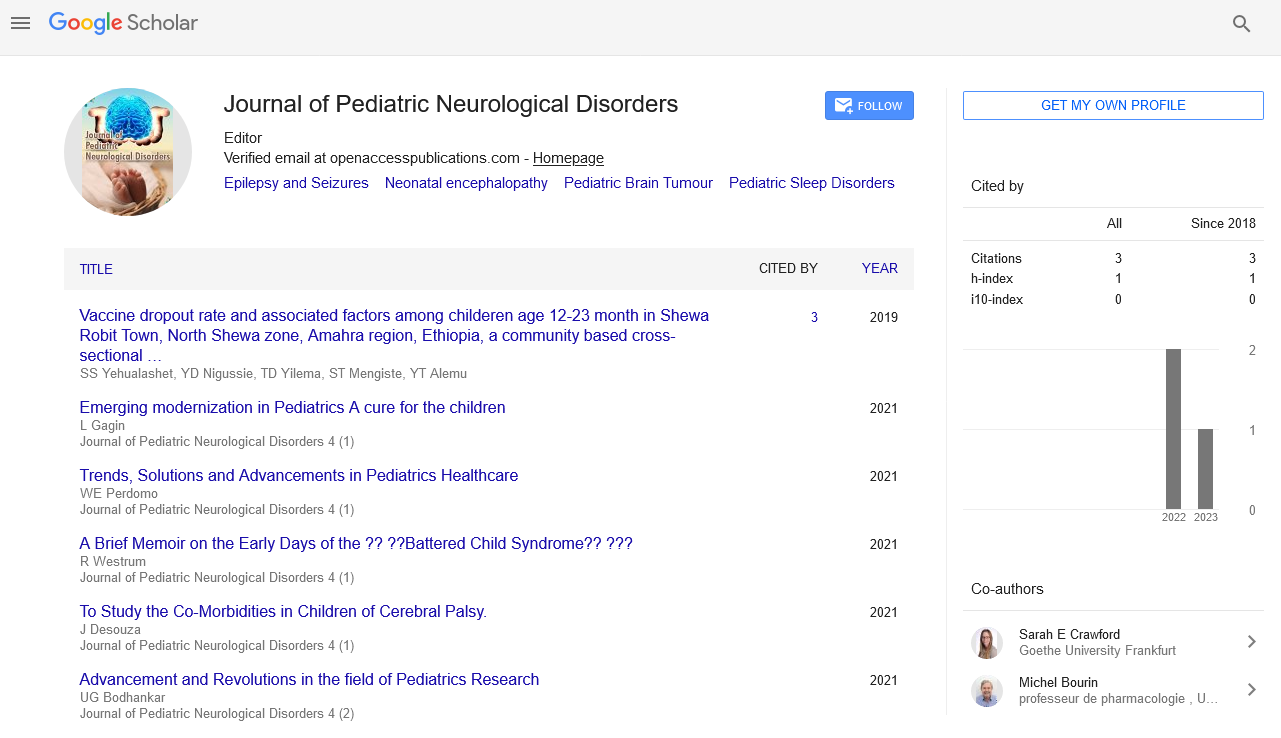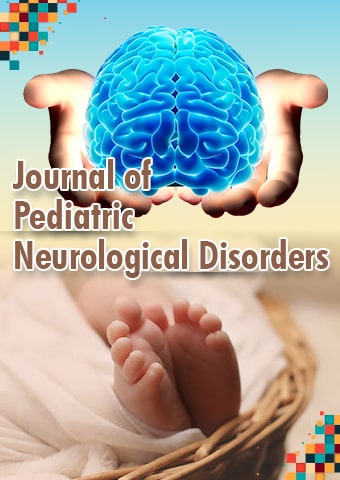Short Article - Journal of Pediatric Neurological Disorders (2018) Volume 1, Issue 2
Macro Neurophysiological Biophysical Information Tools (MNPBIT) treat Mental disorder
Naisberg Yakov
National Israeli Center for Psychosocial Support of Survivors of the Holocaust and the Second Generation, Israel
Abstract
There is no difference between a physical homeostatic health and a mental (biophysical physiological) health and disorder. Both have a unique neurophysiological biophysical mechanism that synchronizes the double, the daily wakeful voluntarily and nighttime automatic circadian cycles function of the organism in health and disrupts both at neuropsychiatric and neuropsychological disorders. Chronic stress that carries threatening material to a personal image or body using macro biophysical neurophysiological units of the processing information produced along sensory neuronal networks a physical distress across membrane ionic channels blocking the flow of ionic information. Distress causes partial or complete physical injury to ion channels blocking them that automatically shifts the current of ionic units that pose a threat from such distress into faulty communication paths at the same time as two problems arrive. First, automatically through the transfer of corrupted data units of biophysical information get delivered into non-specialized working memory centers that trigger the morbid symptoms. Second, it automatically disconnects the voluntary mental regulation thereby stabilizing the neuropathophysiological mechanism being guided by an abnormal neural loop operation (ANLO), automatically regulating a transient homeostatic deregulated (THD) condition (recurrence) to install abnormal body operational ranges (BOR) generating hypersensitivity and hyperactivity or hyposensitivity and hypo activity to the outside world. Based on these biophysical neuro-pathophysiological features, the presentation reconfirms the healing process of neuro pathophysiology by reprocessing neuro-psychotherapy with the same neurophysiological biophysical mechanism that was proactively mobilized in strategies, tooling techniques, and skills that contain continuous placebo effects to neutralize the unfortunate neuro-pathophysiology of THD and gradually replace it with the voluntary regulatory release of the mobile mind operating within the immobile neuronal networks of the brain with transient homeostatic resynchronized (THR) recovery. And for long-term sustenance it must be supported under continuous stress-free interactions. Thank you very much for handling my submit article to be published in the conference booklet. It took me a little more time for my intense work to write it in the most concrete way to give the content and form within the context of the method presented and would be understandable to any neuro-psychotherapist who does not have much biological knowledge about the inseparable brain-mind and body.
The model presented is accompanied by two key principles, which literally means that for every individual
1. There is or a state of health of varying degrees (homeostasis) with normal sensitivity to all stress-free life events. In this situation, the individual feels physical calm that rewards him with a pleasant feeling and cognitive sense of well-being while resting in alertness
2. Or there is a condition of biological loss of health (disease) associated with loss of homeostasis with the formation of one of two opposing options in patients
The loss of body-brain homeostasis cause temporary block in mind's voluntary navigating power that results in an internal pop-up of its activity that produces hypersensitivity or very low sensitivity in the body-brain to slow down its activity having a mirror-like mind's deregulated capacity for all life events even for those individuals experiencing rest in wake.
The message: Any neuro-psychotherapists must be able to intervene and deal with both the problems of hypersensitivity, and low sensitivity. The simple method presented in this article provides simple explanations and tools to correct illness and bring about recovery
Neurophysiology refers to electrophysiology, neuroanatomy, neurochemistry, biophysics and genetics in mathematics. This also has clinical neurophysiology and clinical neurosciences applications.
While the field of clinical neurophysiology involves many neurological disorders, the most frequently diagnosed and treated disorders include: polyneuropathies, motor neuron disease.
Clinical neurophysiology is a medical specialty that studies the central and peripheral nervous systems, whether spontaneous or stimulated by the recording of bioelectric activity. It involves both pathophysiological studies and clinical approaches for diagnosing diseases affecting both the central and peripheral nervous systems
Examinations in the field of clinical neurophysiology are not limited to laboratory research. This is thought of as an extension of a consultation with neurology. Tests conducted concentrate on testing the electrical functions of the brain, spinal cord , and nerves in the limbs and muscles. It can provide a precise site description, the form and severity of the lesion
Research on electromyography and nerve conduction: These peripheral nervous system diagnostic tests are especially useful in determining muscle, nerve, and nerve roots diseases. Records muscle electrical activity and their movement through the nerves inside the limbs. The majority of nerve-muscle disorders that occur fall into one of two categories, morphological or physiological
Electroencephalography: Diagnostic examination of thalamocortical rhythms (brain waves), useful for detecting epilepsy and other central nervous system disorders. This is achieved by hooking electrodes on the scalp surface to monitor currents from the cerebral cortex.
Potentials evoked: Diagnostic test which evaluates different central and peripheral nervous system tracts. Can involve potentials evoked from the visual , auditory, or somatosensory. They document the brain and spinal cord electrical responses to the stimulation of the senses.
Polysomnography: A form of sleep analysis used to diagnose anomalous sleep behavior disorders, intraoperative surveillance, neurophysiologic surveillance of intraoperatives. Electrodiagnostic medicine is a branch of neurophysiology in hospitals. Electrodiagnostic medicine only works on the peripheral nervous system, and not on the central nervous system. Whereas a clinical neurophysiologist is qualified to perform any of the following EEG tests, intraoperative testing, tests of nerve conduction, EMG and evoked potentials
Hospitals having neurologists and neurochirurgists tend to house departments of clinical neurophysiology. These typically tend to be larger hospitals which can employ more specialized units of staff. The task of clinical neurophysiologists is to interpret and write reports on tests taking place within the department. To grasp the basic and evolving properties of neurons and neural circuits, it incorporates physiology, anatomy, molecular biology, developmental biology, cytology, mathematical modeling, and psychology. Chronic stress that carries threatening material to a personal image or body using macro biophysical neurophysiological units of the processing information produced along sensory neuronal networks a physical distress across membrane ionic channels blocking the flow of ionic information. Distress causes partial or complete physical injury to ion channels blocking them that automatically shifts the current of ionic units that pose a threat from such distress into faulty communication paths at the same time as two problems arrive.

